Rising Demand for Sustainable Solutions
The Industrial Traction Battery Market is experiencing a notable increase in demand for sustainable energy solutions. As industries strive to reduce their carbon footprints, the shift towards eco-friendly battery technologies becomes imperative. This trend is driven by regulatory pressures and consumer preferences for greener alternatives. The market for industrial traction batteries is projected to grow significantly, with estimates suggesting a compound annual growth rate of over 6% in the coming years. Companies are increasingly investing in research and development to create batteries that not only meet performance standards but also align with sustainability goals. This growing emphasis on sustainability is likely to reshape the competitive landscape of the Industrial Traction Battery Market.
Expansion of E-commerce and Logistics Sectors
The Industrial Traction Battery Market is poised for growth due to the rapid expansion of e-commerce and logistics sectors. As online shopping continues to gain traction, the demand for efficient material handling equipment, such as forklifts and automated guided vehicles, is on the rise. These vehicles often rely on industrial traction batteries for power. Market data indicates that the logistics sector is expected to grow at a rate of approximately 7% annually, further driving the need for reliable battery solutions. This trend suggests that manufacturers of industrial traction batteries must adapt to meet the evolving needs of these sectors, ensuring that their products are capable of supporting increased operational demands.
Increased Investment in Renewable Energy Sources
The Industrial Traction Battery Market is benefiting from increased investment in renewable energy sources. As industries transition towards renewable energy, the need for efficient energy storage solutions becomes paramount. Industrial traction batteries play a critical role in this transition, providing the necessary power for electric vehicles and equipment used in renewable energy sectors. Market analysis indicates that investments in renewable energy are expected to reach trillions of dollars over the next decade, creating a substantial opportunity for the industrial traction battery sector. This trend suggests that manufacturers must focus on developing batteries that can effectively integrate with renewable energy systems, thereby enhancing their market position.
Technological Innovations in Battery Management Systems
Technological innovations in battery management systems are significantly influencing the Industrial Traction Battery Market. Advanced battery management systems enhance the performance, safety, and longevity of industrial traction batteries. These systems enable real-time monitoring and optimization of battery usage, which is crucial for industries that rely on continuous operations. The integration of smart technologies, such as IoT and AI, into battery management is becoming increasingly prevalent. This trend is expected to drive market growth, as companies seek to improve efficiency and reduce operational costs. The Industrial Traction Battery Market is likely to see a surge in demand for batteries equipped with these advanced management systems, reflecting a broader shift towards smarter industrial solutions.
Growing Adoption of Electric Forklifts and Material Handling Equipment
The growing adoption of electric forklifts and material handling equipment is a key driver for the Industrial Traction Battery Market. As businesses seek to enhance operational efficiency and reduce emissions, electric alternatives are becoming increasingly popular. Market data reveals that the electric forklift segment is projected to grow at a rate of approximately 8% annually, reflecting a shift away from traditional internal combustion engines. This transition is likely to drive demand for industrial traction batteries, as these vehicles require reliable and high-performance power sources. The Industrial Traction Battery Market must adapt to this trend by offering innovative battery solutions that meet the specific needs of electric material handling equipment.


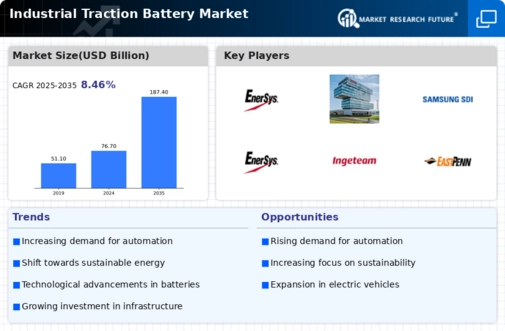

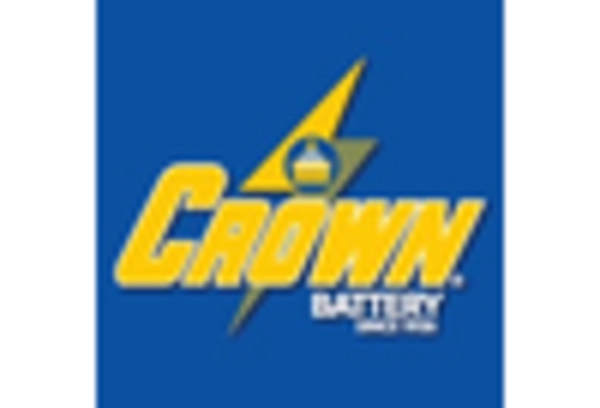
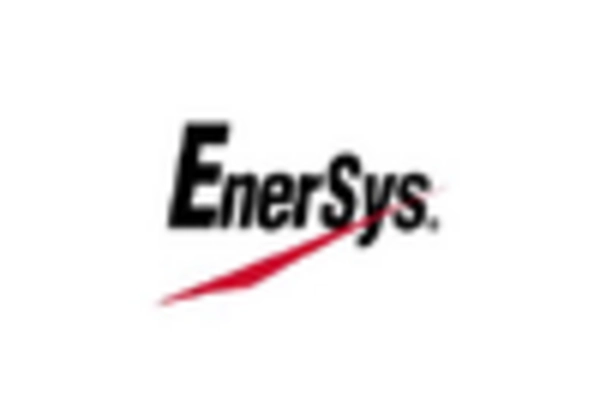
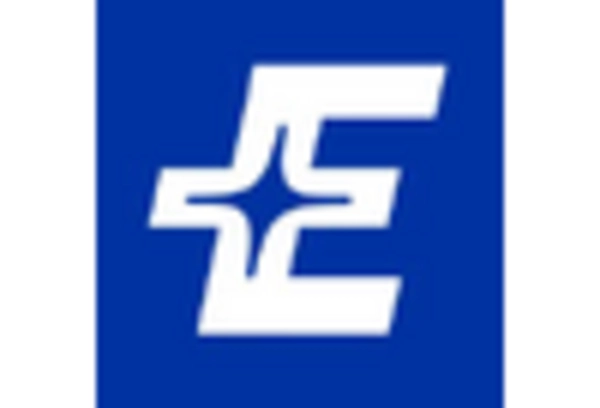
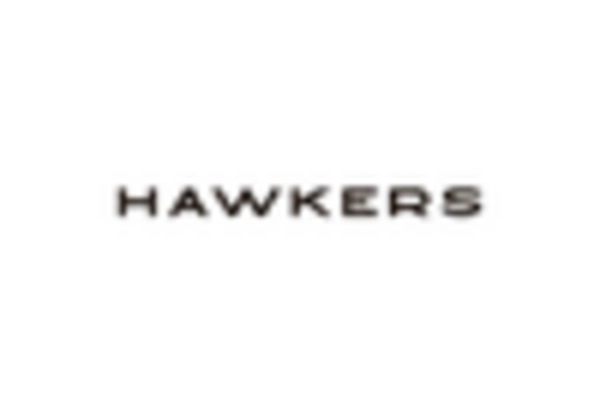

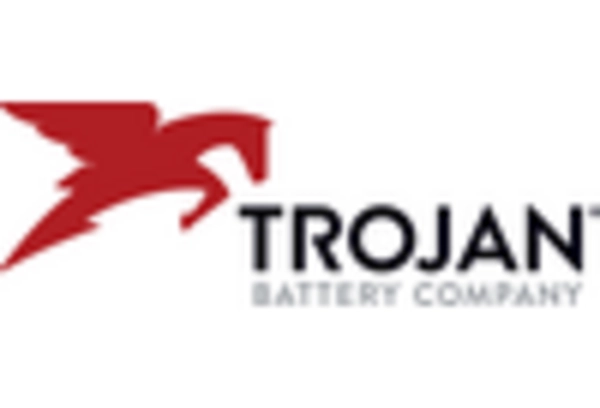








Leave a Comment